People usually propose marriage with an engagement ring. This confirms their engagement, they then have a wedding to marry each other and become a legal couple. In some cultures, it's not always necessary to propose with a ring first. Sometimes a couple just decides together to get married.
During the time a couple is engaged together, the man is known as a fiancé (masculine) and a woman is a fiancée (feminine). A lot of people get confused between these two words.
I'm having some technical difficulties posting the pronunciation for these words so you can listen, but will have it up as soon as possible.
My husband proposed to me in 2011(As you've probably guessed, I said yes!). We were engaged and I became his fiancée and he became my fiancé for about one year. We planned our wedding and were married in November 2012 to become husband and wife! It's still hard to believe that we've been married for almost three years now. It feels just like yesterday!
How long were you a fiancée or fiancé for? Do you have such words in your culture?
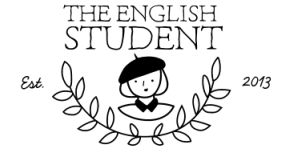

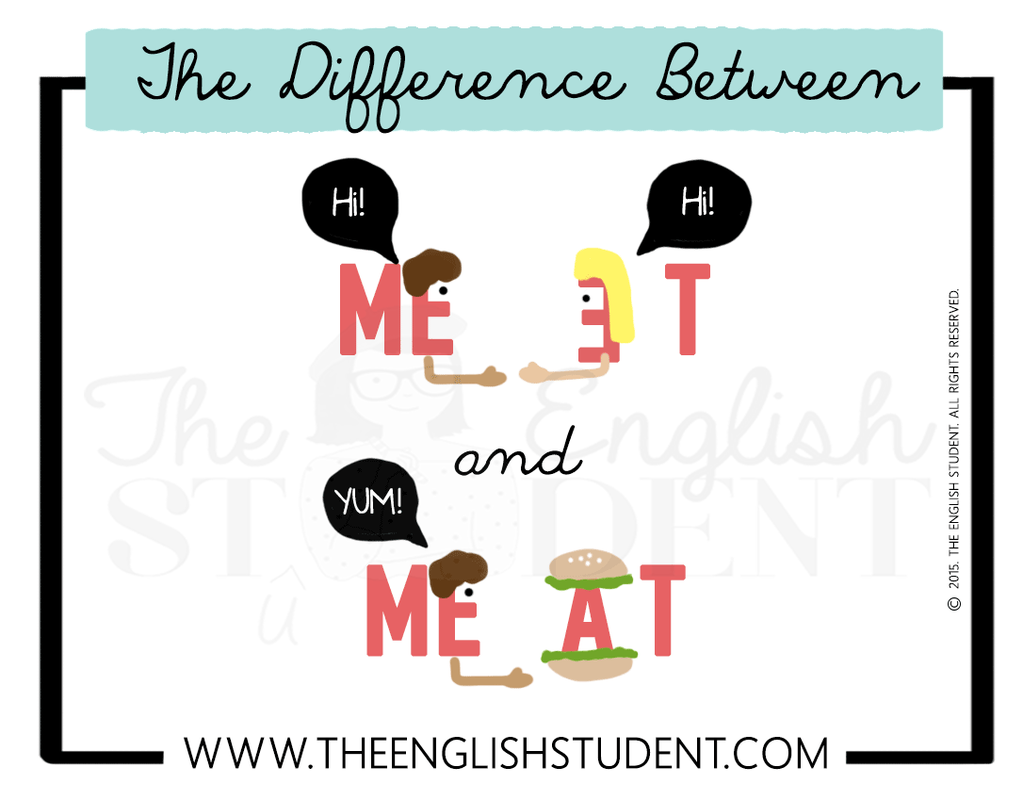
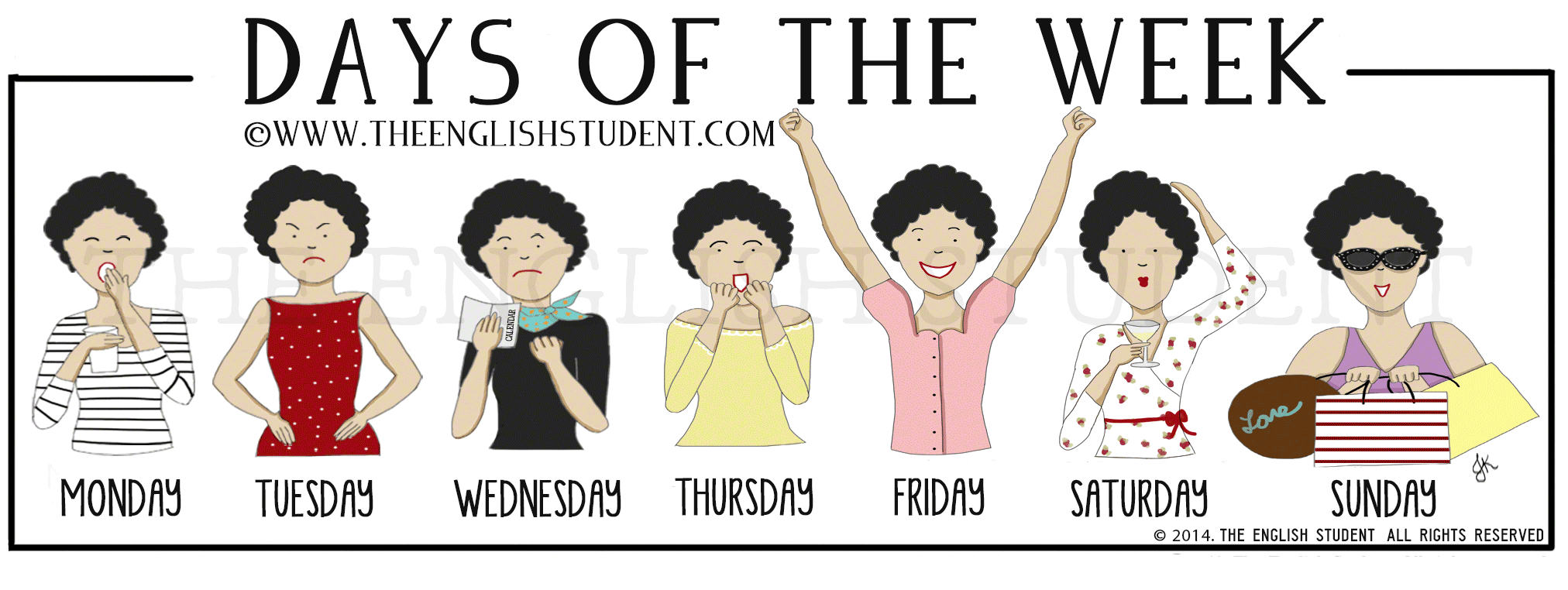


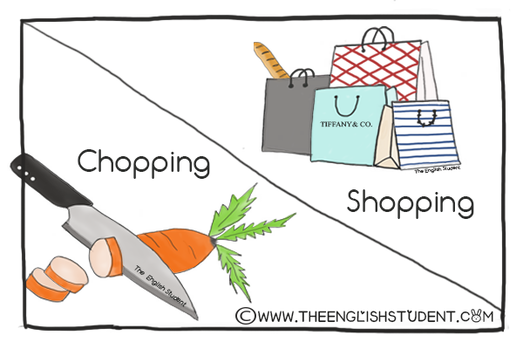
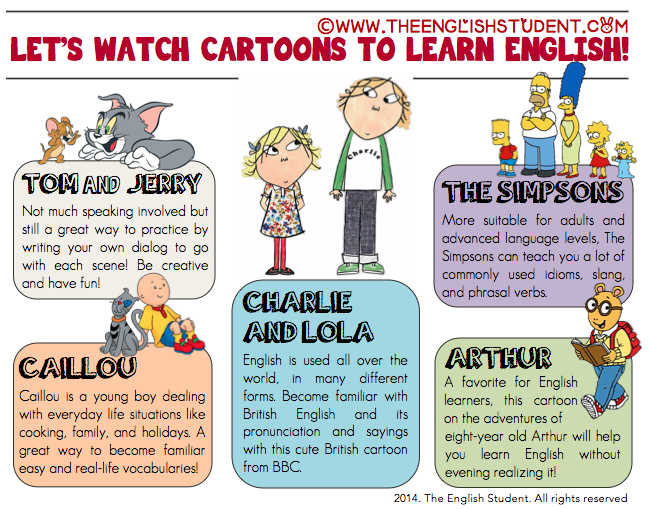






 RSS Feed
RSS Feed
